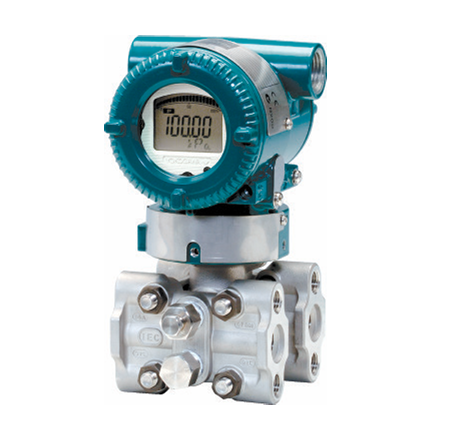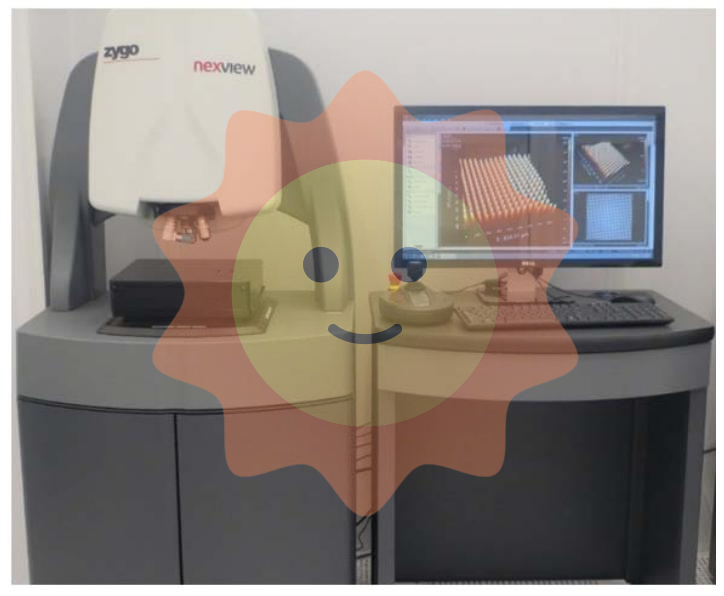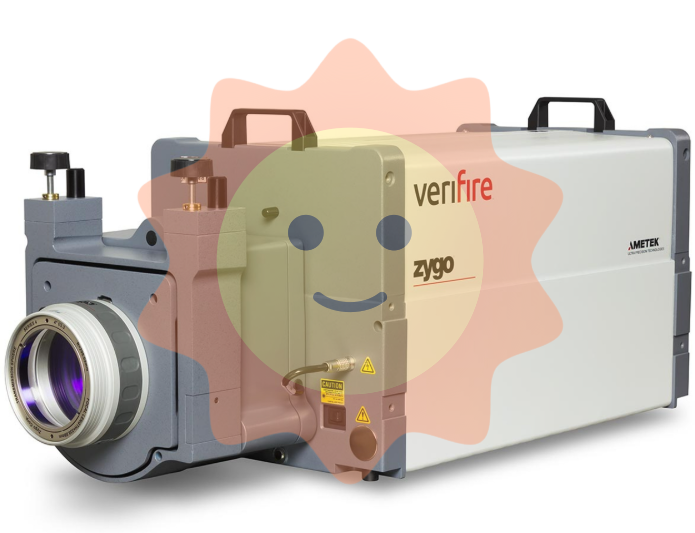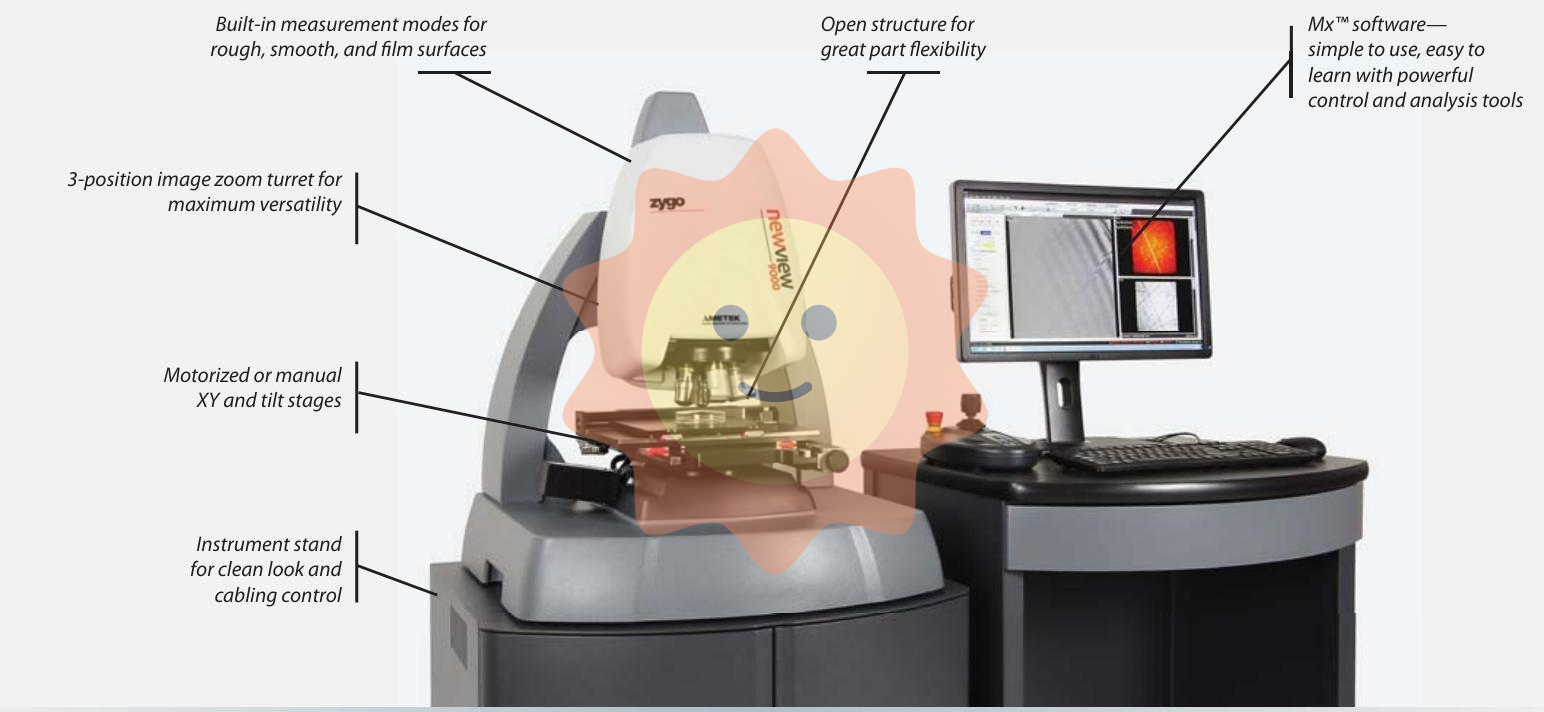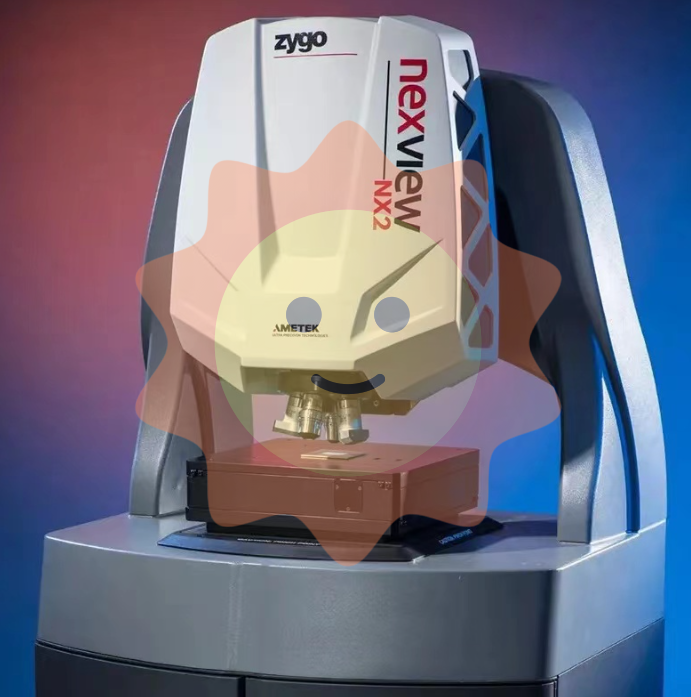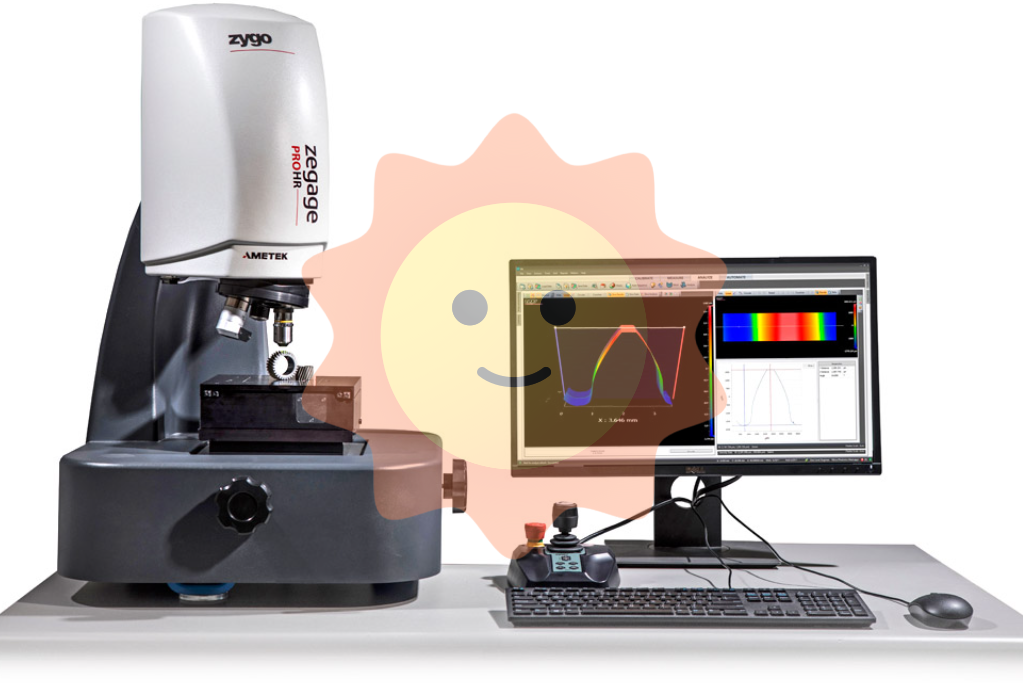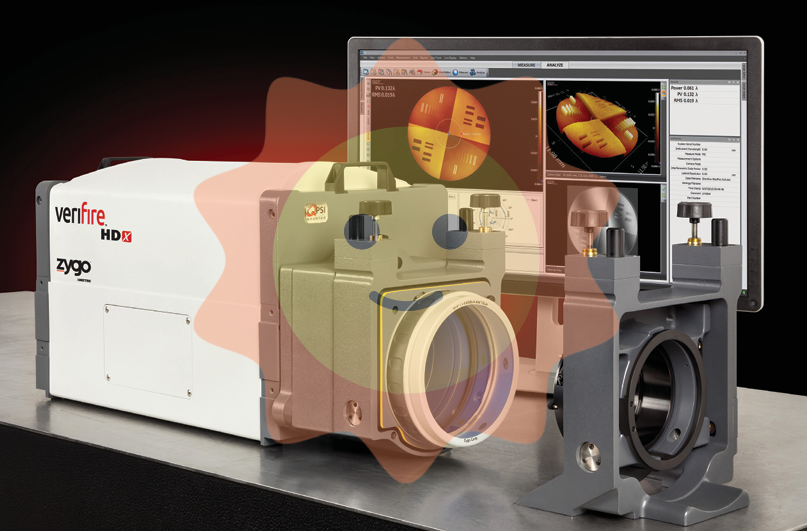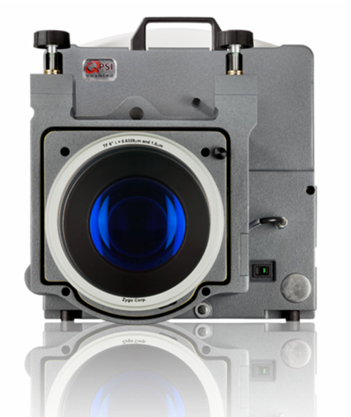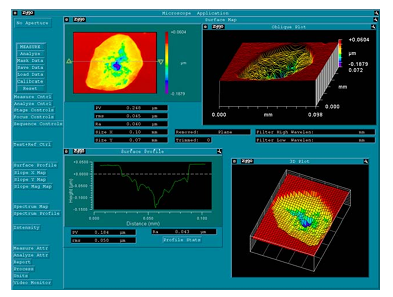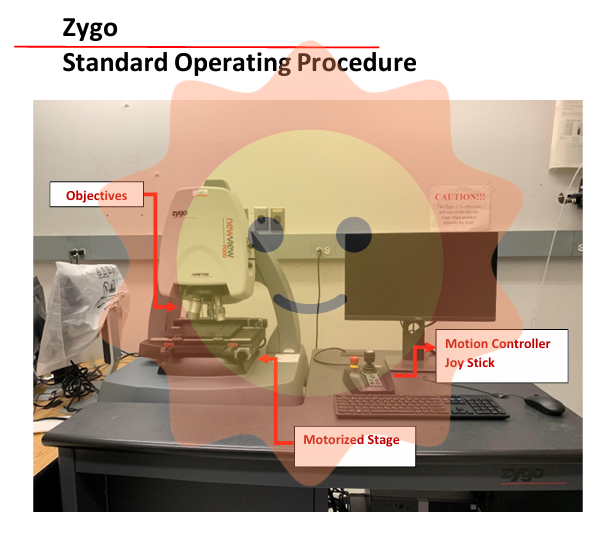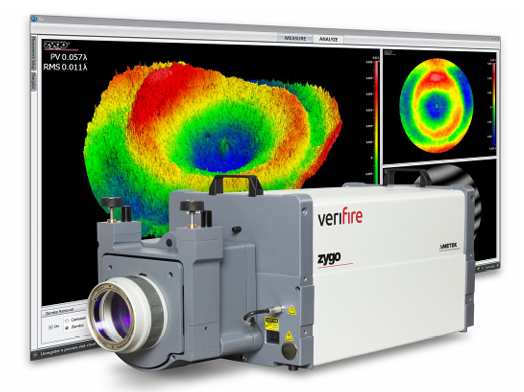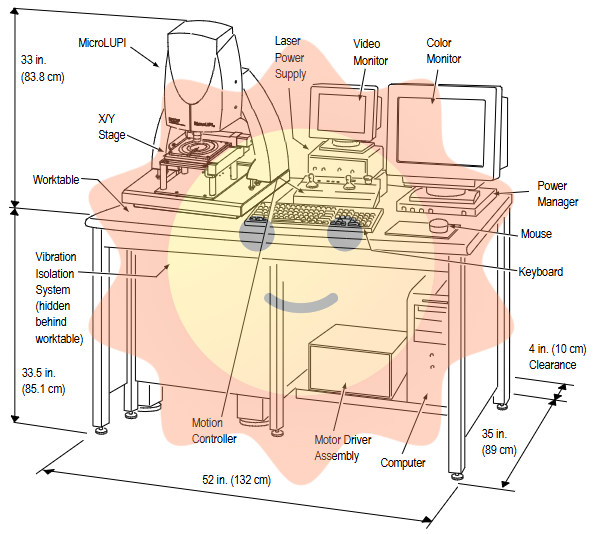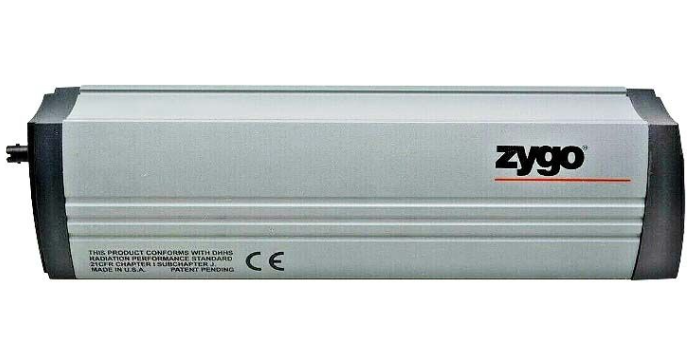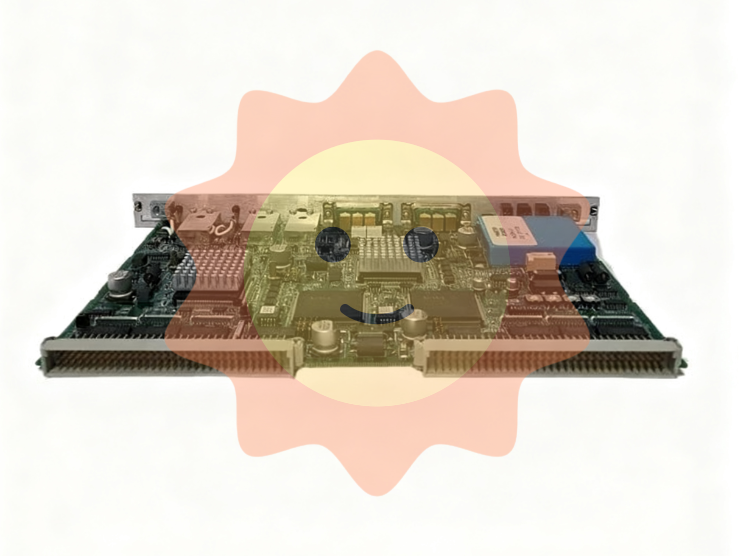ABB REM615C_D HCMJAEAADAND2BNN1CD is an intelligent protection and control device developed by ABB for medium and high voltage industrial motors, belonging to ABB Relion ® The series of medium voltage protection product system, where "REM615C_D" is the product series model ("C_D" represents a specific functional configuration version), and "HCMJIAADAND2BNN1CD" is the product exclusive material code (including hardware configuration, communication protocol, protection function and other parameter identification). Its core function is to serve as a "safety guard" and "control center" for medium and high voltage motors (such as pumps, fans, compressors, and rolling mill motors at 10kV/35kV levels), monitoring motor operating parameters (current, voltage, temperature, power) in real time, achieving multiple types of fault protection such as overcurrent, overload, short circuit, phase loss, and grounding. At the same time, it has motor start stop control, remote communication, fault diagnosis and recording functions, and is widely used in medium and high voltage motor systems in petrochemical, power, metallurgy, mining and other fields, providing comprehensive solutions for safe and stable operation of motors, extending service life, and reducing downtime losses caused by faults.
ABB REM615C_D HCMJAEADAND2BNN1CD Motor protection and control
Product core positioning
ABB REM615C_D HCMJAEAADAND2BNN1CD is an intelligent protection and control device developed by ABB for medium and high voltage industrial motors, belonging to ABB Relion ® The series of medium voltage protection product system, where "REM615C_D" is the product series model ("C_D" represents a specific functional configuration version), and "HCMJIAADAND2BNN1CD" is the product exclusive material code (including hardware configuration, communication protocol, protection function and other parameter identification). Its core function is to serve as a "safety guard" and "control center" for medium and high voltage motors (such as pumps, fans, compressors, and rolling mill motors at 10kV/35kV levels), monitoring motor operating parameters (current, voltage, temperature, power) in real time, achieving multiple types of fault protection such as overcurrent, overload, short circuit, phase loss, and grounding. At the same time, it has motor start stop control, remote communication, fault diagnosis and recording functions, and is widely used in medium and high voltage motor systems in petrochemical, power, metallurgy, mining and other fields, providing comprehensive solutions for safe and stable operation of motors, extending service life, and reducing downtime losses caused by faults.
Key technical parameters
1. Electrical input and measurement parameters
Voltage input range:
Phase voltage: 100V AC (rated), suitable for medium voltage system PT (voltage transformer) secondary side standard output (such as 10kV system PT secondary side voltage of 100V), measurement range of 0.1~1.2 times rated voltage, measurement accuracy ± 0.2% (under rated voltage).
Current input range: 5A AC (rated), suitable for medium voltage system CT (current transformer) secondary standard output (such as CT ratio of 200/5 when the motor rated current is 1000A), measurement range of 0.02~20 times rated current (supports overload measurement, meets the monitoring requirements of motor starting impulse current), measurement accuracy ± 0.1% (1-10 times rated current), ± 0.5% (0.02~1 times rated current).
Temperature measurement: Supports 4-channel RTD (platinum resistance, such as PT100, PT1000) input, measurement range -50 ℃~200 ℃, measurement accuracy ± 0.5 ℃ (0 ℃~100 ℃), can be connected to motor stator winding and bearing temperature sensors to achieve motor temperature over limit protection.
Power and energy consumption measurement: It can measure active power, reactive power, apparent power, power factor, frequency (measurement range 45~65Hz, accuracy ± 0.01Hz), cumulative electrical energy (active/reactive electrical energy, accuracy ± 0.5 level), providing data support for motor energy consumption analysis and energy-saving optimization.
2. Protection function parameters
Core protection type and setting range:
Overcurrent protection: The setting range is 0.5~20 times the rated current (Ie), and the action time is 0.01~300s (reverse time limit/definite time limit characteristics can be set, and the reverse time limit complies with IEC 60255-3 standard), to deal with motor overload, long starting time and other faults.
Short circuit protection: The setting range is 2-20 times Ie, and the action time is 0.01-1s (timed limit), quickly cutting off the short-circuit fault current to avoid motor winding burnout.
Phase loss protection: The operating current is 0.1~0.5 times Ie, and the operating time is 0.1~60 seconds. It monitors the three-phase current imbalance of the motor (such as a phase disconnection) to prevent motor overheating caused by phase loss operation.
Grounding protection: Supports zero sequence current protection (setting range 0.02~5 times Ie), zero sequence voltage protection (setting range 0.01~0.5 times rated voltage), action time 0.01~30s, to deal with motor winding grounding faults (such as short circuits to ground caused by insulation damage).
Temperature protection: Set according to the RTD input temperature, with an upper limit protection value of 50~200 ℃ and a lower limit protection value of -50~100 ℃ (optional low temperature alarm), with an action time of 0.1~60 seconds, to prevent damage to the motor stator and bearings due to overheating.
Other protections: locked rotor protection (set range 2~10 times Ie, action time 0.1~60s), undervoltage protection (set range 0.5~0.95 times rated voltage, action time 0.1~60s), overvoltage protection (set range 1.05~1.2 times rated voltage, action time 0.1~60s), covering common motor fault scenarios.
3. Control and output parameters
Control function: Supports direct motor start, star delta start, autotransformer voltage reduction start, and soft starter/frequency converter linkage control. It can trigger start and stop through local buttons, remote communication (such as SCADA system instructions), or external contact signals to meet the motor control requirements of different starting methods.
Output interface:
Relay output: 4 sets of normally open/normally closed optional contacts, with a contact capacity of 250V AC/5A and 30V DC/5A, used to control the opening and closing of motor circuit breakers, trigger starters, and output fault alarms (such as driving sound and light alarms).
Analog output: 2-channel 4-20mA DC output, capable of mapping motor current, voltage, temperature, power and other parameters, with an output accuracy of ± 0.2%. It is used to connect recorders and DCS system analog input modules for remote parameter monitoring.
4. Communication and interface parameters
Communication Protocol: Supports multi protocol compatibility, equipped with one Ethernet interface (10/100Mbps RJ45) and one RS485 interface. Ethernet supports IEC 61850-8-1 (Substation Automation Standard Protocol) and Modbus TCP protocol, while RS485 supports Modbus RTU and IEC 60870-5-103 protocol. It can be connected to factory SCADA systems, DCS systems (such as ABB AC 800XA), and substation automation systems to achieve remote monitoring of motor operation status, remote setting of protection parameters, and remote query of fault information.
Local operation and display: equipped with a 128 × 64 dot matrix LCD display screen (with backlight), displaying real-time parameters of the motor (current, voltage, temperature, power factor), protection status, and fault information; Four physical operation buttons (confirm, cancel, select up/down), supporting local setting of protection parameters, starting and stopping of motors, and querying fault records, meeting on-site debugging and emergency operation needs.
5. Electrical and environmental parameters
Power supply characteristics: Adopting DC/AC dual power supply mode, DC power supply 110/220V DC (voltage range 85%~115% rated value), AC power supply 110/220V AC (voltage range 85%~115% rated value), working power consumption ≤ 15W, standby power consumption ≤ 5W, supporting power redundancy (requiring external redundant power supply modules), ensuring that the protection function does not fail in the event of power failure.
Electromagnetic Compatibility (EMC): Compliant with the IEC 61000-6-2 industrial environment anti-interference standard, with an IP54 protection level (complete machine, suitable for cabinet installation), it can resist surge interference generated by medium and high voltage system switch operations, electromagnetic radiation interference generated by motor start stop, and operate stably in strong electromagnetic environments such as substations and factory distribution rooms.
Environmental adaptability: Operating temperature range -25 ℃~70 ℃, storage temperature range -40 ℃~85 ℃, relative humidity 5%~95% (no condensation), altitude ≤ 3000m (reduced capacity is required when exceeding), suitable for complex environments such as high-altitude mines, high-temperature metallurgical workshops, and humid chemical distribution rooms.
6. Physical and installation parameters
Size and Weight: The external dimensions are 144mm x 144mm x 110mm (length x width x depth), and it is installed with standard 96mm x 96mm panel openings (opening size 138mm x 138mm). The weight is about 0.8kg, and it can be embedded into the medium and high voltage motor control cabinet panel to save installation space and form a unified layout with other control equipment (such as circuit breaker operating mechanism and indicator lights).
Installation method: panel embedded installation (in accordance with IEC 60439-1 standard), installation depth of 110mm, suitable for dense layout inside the control cabinet. The wiring terminals are designed with phoenix terminals, which are firmly connected, anti loose, and easy to connect and maintain on site.
Core functions and features
Comprehensive motor fault protection to ensure equipment safety:
Multi dimensional fault monitoring: comprehensively monitor motor operation from three dimensions: electrical parameters (current, voltage, power), temperature parameters (stator, bearings), and operating status (phase loss, locked rotor), covering more than 90% of common fault types of motors, such as detecting phase loss faults through three-phase current imbalance monitoring, monitoring stator winding overheating through RTD input, and monitoring grounding faults through zero sequence current, achieving "early detection and early protection".
Precise protection setting and action: Supports fine tuning of protection parameters (such as the inverse time curve type, action current, and action time of overcurrent protection can be customized according to the rated parameters and load characteristics of the motor), with an action time accuracy of ≤ 0.01s. It can quickly cut off the motor power supply at the moment of fault occurrence (such as triggering the circuit breaker to trip within 0.01s when a short circuit fault occurs), minimizing the damage of the fault to the motor. For example, when a 10kV fan motor has a winding short circuit, the device can cut off the power supply within 0.02s, avoiding hundreds of thousands of yuan in maintenance costs caused by winding burnout.
Protection classification and interlocking: supports setting protection priority (such as short circuit protection priority higher than overcurrent protection) to avoid confusion in protection actions when multiple faults occur; At the same time, it can achieve interlocking protection with motor control systems (such as soft starters and frequency converters). When the device detects motor stalling, it not only triggers its own relay output to cut off power, but also controls the soft starter to stop output through communication instructions, forming a dual protection.
Flexible motor control, suitable for various starting scenarios:
Multi start mode support: For motors with different power and load characteristics, it provides direct start (suitable for low-power motors, such as below 100kW), star delta start (suitable for medium power motors, such as 100-500kW, to reduce starting surge current), and soft starter/frequency converter linkage control (suitable for high-power motors, such as above 500kW, to achieve smooth start). The start mode can be switched through parameter configuration without modifying hardware wiring.
Local and remote coordinated control: three control modes are supported: local key control (on-site emergency start and stop), remote communication control (such as SCADA system remote dispatching), and external contact control (such as PLC output contact triggering). The priority of the three modes can be set (such as the highest priority of local control in emergency) to meet the dual control requirements of "centralized dispatching+on-site emergency" of the plant. For example, the circulating water pump motor in the petrochemical park is started and stopped remotely from the central control room under normal conditions, and is controlled by on-site personnel through local keys during maintenance.
Monitoring and protection during the start-up process: During the motor start-up phase (such as switching from star delta start-up to delta phase), real-time monitoring of the start-up current and start-up time is carried out. When the start-up current exceeds the set threshold (such as 8 times Ie) or the start-up time exceeds the set upper limit (such as 60s), the start-up failure protection is immediately triggered to cut off the motor power supply and prevent overheating damage caused by abnormal start-up (such as load jamming).
Full cycle data recording and fault diagnosis, simplifying operation and maintenance:
Fault recording and tracing: It can store the last 50 fault records, each containing the fault type (such as overcurrent, grounding), fault occurrence time (accurate to milliseconds), operating parameters at the time of the fault (current, voltage, temperature values), and protection action time. It supports querying through local display screens or exporting through remote communication (such as exporting to SCADA systems), helping operation and maintenance personnel restore the fault scenario, analyze the cause of the fault (such as whether the overcurrent fault is due to load overload or motor stalling), and shorten the fault investigation time.
Operation data statistics and analysis: Automatic statistics of motor operation time (cumulative operating hours), start-up times, failure times, average load rate, etc., supporting the generation of operation reports on a daily/weekly/monthly basis. By analyzing these data, the health status of the motor can be evaluated (such as frequent start-up times may lead to shortened motor life), maintenance cycles can be optimized (such as developing regular maintenance plans based on cumulative operating time), achieving "predictive maintenance" of the motor and avoiding cost waste caused by blind maintenance.
Online status monitoring: Real time monitoring of key parameters of the motor (current imbalance, stator temperature, bearing temperature, power factor), visually displayed through LCD screens or remote systems. When abnormal trends occur in the parameters (such as gradually increasing current imbalance), early warnings are issued (such as flashing alarm indicators or remote system pop ups) to remind operation and maintenance personnel to check in a timely manner and eliminate faults in their infancy. For example, when the bearing temperature of a rolling mill motor slowly rises, the device issues a warning 24 hours in advance, and operation and maintenance personnel replace the bearings in a timely manner to avoid motor shutdown faults.
High reliability and system compatibility, suitable for industrial scenarios:
Hardware and software redundancy: The hardware uses industrial grade components (such as high anti-interference CPUs and high-precision AD converters), and the software uses Watchdog mechanism to prevent program crashes; Support power redundancy (dual power input) and communication redundancy (dual Ethernet/RS485 interface). When the main power/main communication link fails, the backup power/backup communication link can be switched within 100ms to ensure uninterrupted operation of the device and meet the requirement of "continuous operation without shutdown" for medium and high voltage motors (such as induced draft fan motors in power systems).
Strong anti-interference ability: It has surge immunity (IEC 61000-4-5, ± 4kV differential mode, ± 8kV common mode), electrostatic discharge immunity (IEC 61000-4-2, ± 8kV contact discharge, ± 15kV air discharge), electromagnetic radiation immunity (IEC 61000-4-3, 10V/m), and can work stably in strong electromagnetic interference environments such as medium and high voltage substations and workshops with frequent motor start-up, avoiding protection misoperation or data acquisition errors caused by interference.
Multi system compatibility integration: Supports mainstream industrial communication protocols such as IEC 61850, Modbus, IEC 60870-5-103, and seamlessly integrates with SCADA systems from different manufacturers (such as ABB Ability) ™ SCADA、 Siemens WinCC, DCS systems (such as ABB AC 800XA, Rockwell ControlLogix), and substation automation systems enable "data exchange" between motor protection devices and factory automation systems, such as uploading motor operation data to the DCS system and incorporating it into the overall production scheduling of the factory; Receive protection parameter setting instructions issued by the DCS system to achieve unified management of motor protection parameters across the entire network.

- User name Member Level Quantity Specification Purchase Date
- Satisfaction :
-









Email:wang@kongjiangauto.com

